Just what IS in my dog's food? Part 4: Fiber
Fiber is the part of carbohydrates that can not be digested by the dog. Depending on nutritional goals, varying levels of dietary fiber with different properties are necessary to make a highly processed food source like commercial kibble "work", since a dog's digestive tract is not designed to process a diet with such high levels of carbohydrates - most commercial dry foods contain 40-50%, low quality ones even more.
Depending on the inclusion of ingredients that are naturally high in fiber (e.g. brown rice, oats, certain fruits or vegetables), a food may or may not include specific, isolated types of fiber. (more.....)
Beet Pulp, the isolated fibrous material from sugar beets, is another ingredient that has an undeservedly bad reputation. It is a very gentle, beneficial source of fiber that is not only generally very well tolerated, but also has specific properties that make it suitable as a source of nutrition for the beneficial bacteria that reside in the intestinal tract. The sugar is almost completely removed, what is left in the pulp is only about 1/5 the amount of sugar that you would find in a serving of carrots of equal size. It is also colorless and does not turn a dog's coat turn red, like urban legends claim. The argument that beet pulp is an "unnatural" ingredient is often brought up, but people who present this complaint seem to forget that it is also not natural for dogs to eat highly processed commercial products with a carb content of generally 40% and more, and a moisture content of only around 10% as opposed to a more natural 60-70%. Added fiber is required to make such formulations work for the pets who eat a dry diet.
Cellulose: Dried wood (a.k.a. saw dust) is the most common source for cellulose (I'm not kidding.). It is cleaned, processed into a fine powder and used to add bulk and consistency to cheap pet foods. I would consider this ingredient appropriate for termites, but certainly not for dogs or cats.
Corn Bran: An inexpensive source of fiber that serves as a filler ingredient to add bulk to poor quality pet food.
Corn Cellulose: Obtained by use of a chemical process, it is used to add bulk and consistency to cheap pet foods and has no nutritional value.
Oat Hulls: I have not been able to locate an official definition for this product so far.
Most likely what is left over from dehulling the whole oat kernels after harvesting, comparable to peanut hulls. It is not the same as oat bran (the hull that protects the grain itself), which is a quality source of dietary fiber and removed prior to rolling and/or flaking. Thumbs down for this filler ingredient.
Peanut Hulls: The outer hull of the peanut shell. No nutritional value whatsoever, and are used exclusively as a cheap filler ingredient. Possibility of pesticide residues being present. I once used a well-known brand of prescription dog food for weight loss. One of it's major ingredients--peanut hulls. The food passed through my dog so quickly that her skin and coat became quite dry.
Rice Hulls: The outer covering of rice. An inexpensive byproduct of human food processing, serving as a source of fiber that is considered a filler ingredient.
Soybean Mill Run: Composed of soybean hulls and such bean meats that adhere to the hulls which results from normal milling operations in the production of dehulled soybean meal.
An inexpensive byproduct of human food processing, commonly referred to as 'floor sweepings'. An inexpensive filler with no real nutritional value.
Wheat Mill Run: May also appear as "Wheat Middlings". Coarse and fine particles of wheat bran and fine particles of wheat shorts, wheat germ, wheat flour and offal from the "tail of the mill". An inexpensive byproduct of human food processing, commonly referred to as 'floor sweepings'. An inexpensive filler with no real nutritional value.
cracked barley, cracked pearl barley: A nutritive, wonderful grain.
ground whole grain sorghum: Cousin to millet, very nutritive grain, alkalizing to the body, easy to digest.
ground whole grain corn: Contains all nutrients/protein of corn.
Oat bran, oatmeal, oat groats: nutritive fiber, good for colon health, balances body's pH, aids colon health.
Ground whole grains (rice, barley, wheat, millet, quinoa): whole grains contain all the beneficial protein, carbohydrates and fiber.
Vegetables and fruits (dried peas, carrots, apples): great sources of nutritional fiber
What to avoid:
Corn bran, peanut hulls, rice hulls, soybean hulls, oat hulls
Cellulose
Mill run or middlings (any grain)
Next time: fruits and vegetables
Print Page


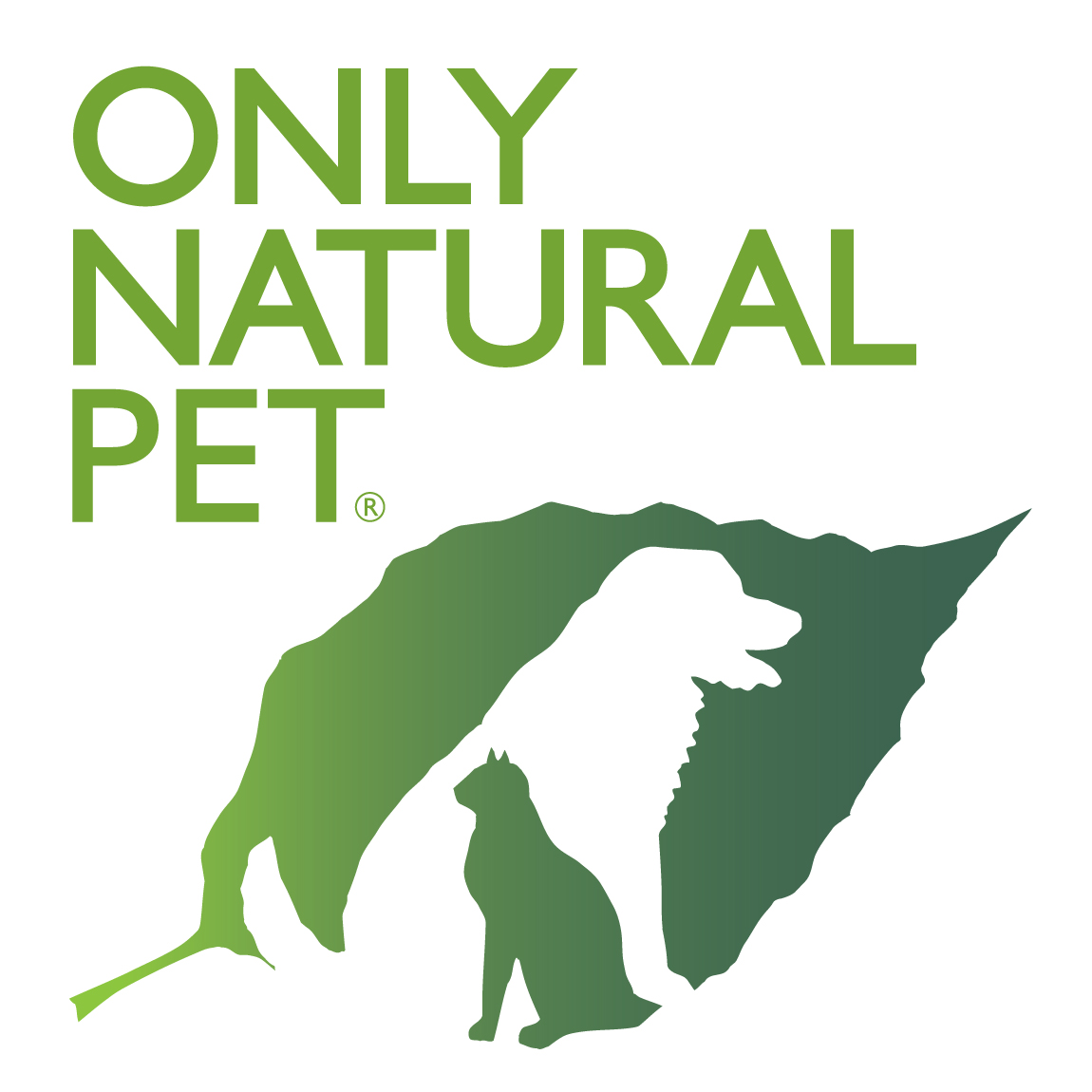


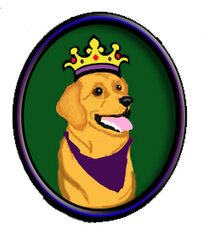

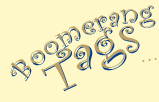
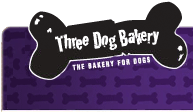












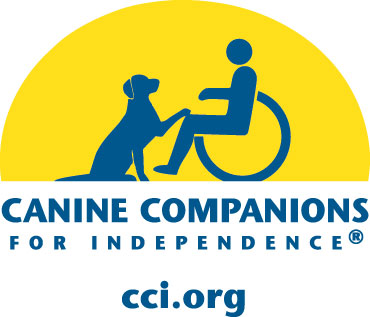




















1 comment:
I just use blogger.com
Post a Comment